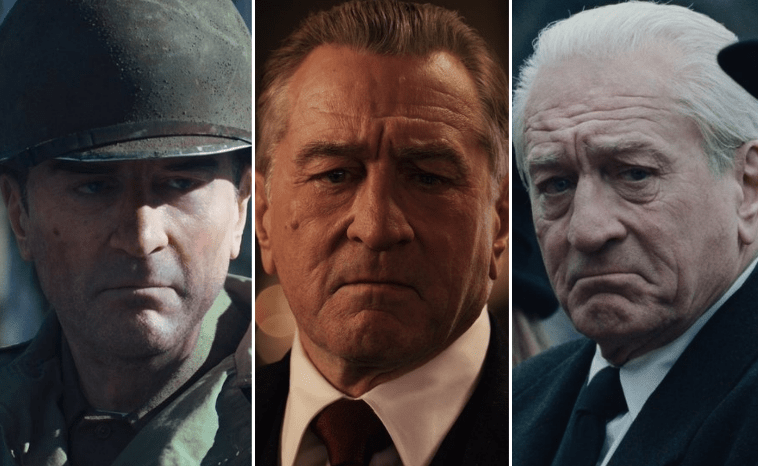Using CGI and digital effects to de-age an actor has been a relatively new practice. X-Men: The Last Stand (2006) was the first film to use this technology, to de-age Patrick Stewart and Ian McKellen by about 20 years. This effect was a form of ‘Digital skin-grafting’, where the contours of the actor’s faces were smoothed, their faces slimmed and their hair digitally dyed.
Although revolutionary at the time, the effect is now clearly dated and looks like the pair are wearing rubber masks. So where is the technology now, after over 13 years of development?
The most recent example of de-ageing is the film Gemini Man starring Will Smith as an appropriately Will Smith-aged government assassin, who faces off against a 90’s era younger Smith. Putting aside the film itself and focussing just on the technology, the quality of the effect is quite remarkable, despite most critics agreeing the effect has rough patches throughout, particularly when the younger CGI Smith is seen in broad daylight.

But this effect alone has been shown to not be a substitute for a plot, with Gemini Man severely underperforming at the box office, so if the technology isn’t quite there yet, how should it be used?
My answer to this lies in the Marvel Cinematic Universe, who have been reliably developing and improving their de-ageing technology ever since Ant Man in 2015. Although the results have varied throughout the years, one example stands out to me as the best so far.
Samuel L. Jackson as young Nick Fury in Captain Marvel, is, in my opinion, the best use of de-ageing technology to date. Not only is it technically amazing, but, importantly, it is only used in a supporting role. Although Jackson has a significant amount of screen time in the film, his digitally reimagined 46-year-old face is not overused, and the camera never focuses too long on the minutiae of his micro-expressions.
So now we know how it should be used. In a supporting role, with a competent director and a big enough budget to push through the ‘Uncanny Valley’ that plagued so many smooth, rubbery stars of the 2000s. And not as a substitute for plot or action (although even Jackson can’t quite shake the ‘old man run’ that hangs over some of his action sequences). But should it even be used at all?
There is a lot of debate surrounding the use of visual effects to de-age an actor and even more debate around resurrecting them entirely à la Peter Cushing in Star Wars: Rogue One. People argue that this ‘Digital plastic surgery’ can promote ageism even further in an industry already obsessed by hiding the natural effects of age and can result in an even more warped societal perception of what is and isn’t ‘desirable’ to look like.

And what about young actors? Another argument is that, by using this technology to de-age actors, we may be taking away key roles for younger, unknown actors. Before the use of de-ageing, the popular method for portraying a younger version of an established character was simply by re-casting the character, such as River Phoenix playing young Indiana Jones way back in 1989’s Indiana Jones and the Last Crusade. But does this really take away jobs, or is there a balance between fewer jobs for young actors, but many more jobs for VFX artists, young and old?
The most immediate, concerning and potentially life-altering issue lies in the digital resurrection of actors. Although, this has primarily only been used due to an actor’s death during production (Such as Paul Walker in Fast and Furious 7), but why did Star Wars: Rogue One feel the need?
The intention was to create a tribute to legendary actor Peter Cushing, by reprising his role as Grand Moff Tarkin over 20 years after his death. This effect, although not executed perfectly, raised many questions about the rights an actor has to their likeness, and who benefits from the use of their intellectual property after their death? Is it even ethical to use the likeness of an actor in a film where they are entirely unable to give consent?
Before his death, Robin Williams signed a waiver to prevent his likeness being used until at least 2039, and the 2013 film The Congress explores these ethical grey areas. Is Hollywood beginning to understand the potential consequences of freely using this technology to de-age and resurrect actors, or have we only just begun to scratch the surface of this dangerous new precedent?
These questions being asked marks the start of a new age, where the relationship between actors, technology and productions will become even more complex, legally and morally. Will we see the stars of today as computer-generated leading roles in 50 years’ time? Or will legal restrictions be put in place on the use of this technology before we get to a Hollywood dominated by an acting pool made up of ones and zeros?
Image Credit: Indie Wire

